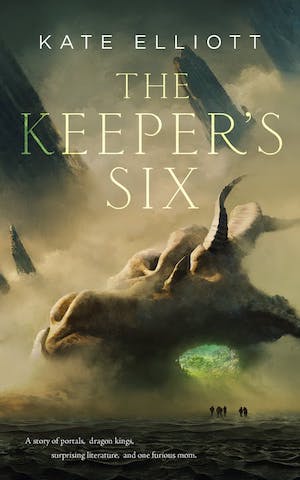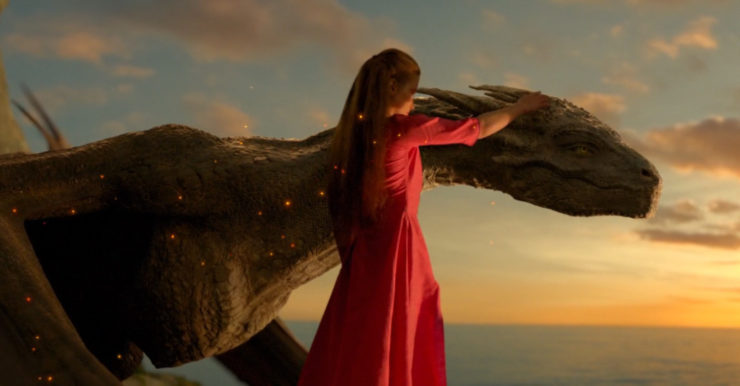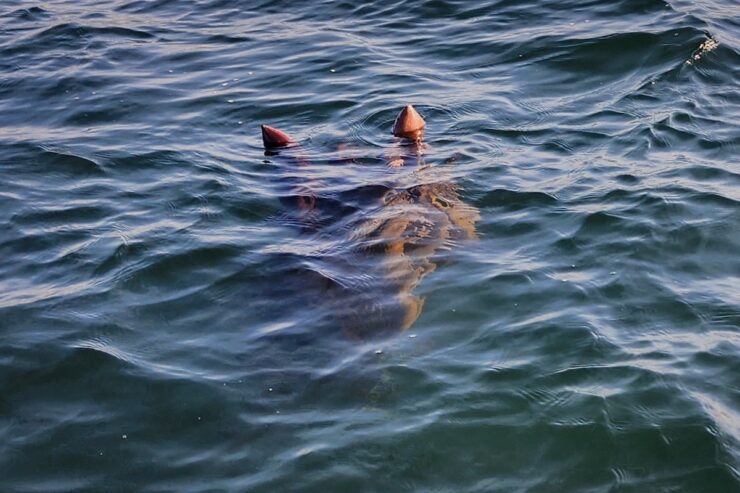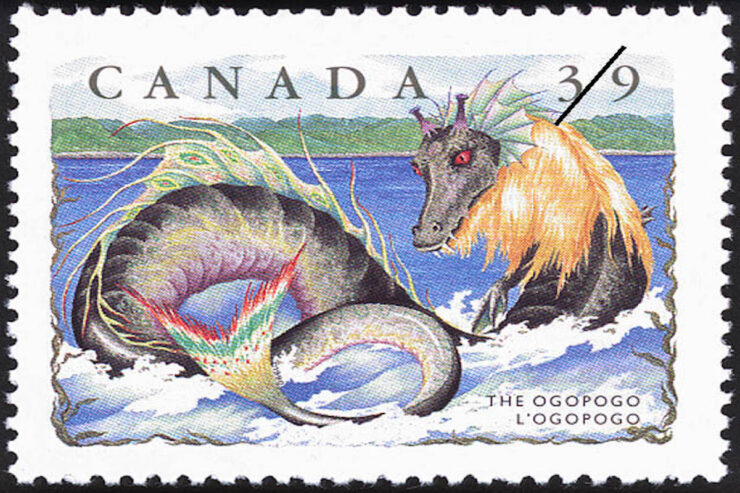A few years ago I was trolling Netflix, as one does, looking for something to watch. The algorithm threw up an odd title, but the summary looked interesting. Russian-language film, subtitles, fantasy about dragons. I could try that.
I am so glad I did. It’s not your usual medieval-zoid dragon movie at all. No big battles. Minimal violence. Just one really flamey bit.
It comes from the deep heart of the fairy tale, from traditions that go all the way back into antiquity: the marauding dragon, the terrorized people, the maiden sacrifice.
In this version, people lived in fear for generations, offering their young women to the dragon in order to save their town. The offering took the form of a wedding rite, with the sacrifice dressed in white, and a ritual song that summoned the dragon.
Finally a knight slew the dragon and ended the terror. But the ritual has persisted, transformed into an actual wedding rite. The bride, richly dressed in white, lies in a small narrow boat, drawn across the lagoon at the heart of the town, sailing to her bridegroom.
As the story proper begins, Mira, the younger daughter of the duke, prepares to marry Igor, the grandson of the dragonslayer. Mira is much loved and quite spoiled, and she’s a dreamer. Her head is full of knights and dragons, fairy tales and high romance. She’s content with her arranged marriage to the dashing young knight—unlike her older sister, who is holding out for true love.
Igor has asked that the ritual be performed in the full traditional fashion, including the song of summoning. There’s no danger in it, surely. The dragon is dead. His grandfather made sure of that.
This is a fairy tale, and a dragon tale: the title says as much. As Mira drifts dreamily across the lagoon, suddenly all goes dark. She wakes in a deep pit, with bleeding wounds, and only a gradual memory of how she got there.
The song worked its magic. It summoned a dragon. He snatched her away to his lair on a remote island, and left her there.
She’s not completely alone: the entrance to the pit is guarded by a weird, foxlike creature with a face just this side of the uncanny valley between animal and human. And there’s a young man, apparently in another cell, who asks her why her people sang the song. Didn’t they know it would summon the dragon? It’s their own fault, he says. Or rather Igor’s, since he insisted on the song.
This is only the beginning of Mira’s discovery that nothing is as it seems. The old dragon was a ruthless predator, and he did indeed kill the women he abducted. But the new dragon is something different. How different, Mira soon learns.
The young man has no name; he’s never needed one. Mira names him Arman, which, she says, means “A Dream.” He knows little about how to be human—and far too much about being a dragon. His whole world, his entire self, is a battle between the gentle man and the fierce predator.
Mira is terrified of the dragon, but she comes to love the man—and gradually, by slow degrees, the dragon as well. She teaches him how to be human. She enlists him to build a bower deep inside the island, which is the gigantic, ossified skeleton of Arman’s great dragon ancestor. They furnish it with treasures recovered from shipwrecks. She teaches him a lullaby from her homeland, and he teaches her to see the wind.
This gentle romance can only last for a few days. The island is protected by a magical fog, but true love can find its way inside and rescue the maiden. Both Arman and Mira expect that Igor will come to retrieve his bride—and probably follow his grandfather’s footsteps and slay the young dragon.
But Igor never comes. Arman sends Mira away before the dragon can overwhelm the man and destroy the maiden; he sets her in a boat and launches her on the sea. She accepts this as her duty and her destiny; she’s not happy, but she doesn’t realize, yet, why Igor never made it through the fog.
That takes a return from the sunlit island with its patches of tropical greenery to her cold, icy, snowy homeland, and a reprise of the wedding rite, complete with elaborate pearl-studded regalia and little peapod of a boat. But this time, no one sings the summoning song.
Buy the Book


The Keeper’s Six
Halfway across the lagoon, at last, Mira wakes to the truth. She stands up in the boat and begins to sing.
Arman is just about to fling himself to his death when the wind brings the song to him. He answers the call, not because of the magic, but because of love. Igor seizes a lance to destroy him, but another young man blocks him—with an exchange of glances across the lagoon that speaks volumes about the elder sister’s prospects for making a true love match.
This is a beautiful film, gentle and lyrical but with flashes of terror. The dragon is a complex and tormented person, a creature of fire with a gentle heart. He’s born out of the ashes of a captured bride; somehow he’s managed to keep a grip on his human half, though the dragon fights constantly for supremacy.
At heart it’s a story about the power of love, but without slickness or easy sentimentality. Mira accepts her lot as a duke’s daughter, but she is very much her own person. Even though the dragon terrifies her, she faces him with courage and compassion. The choice she makes in the end is far from easy, but there’s no other choice to make.
Her father the Duke makes that clear, though he’s not aware of what it really means to her: “Be with the one you love. Trust your feelings and your heart. The rest is not important.” In his way, he’s set her free; he’s helped her to see the truth.
It’s about loving Arman for who he really is. All of it. The man and the dragon. She can Arman reconcile the two halves of himself. Then they’ll both be free to love; to know joy.
Netflix no longer carries the film, but I found it on Freevee. It’s well worth a viewing even with awful ads. It understands the spirit of the fairy tale so well, and it gives us a truly lovely dragon.
Judith Tarr is a lifelong horse person. She supports her habit by writing works of fantasy and science fiction as well as historical novels, many of which have been published as ebooks. She’s written a primer for writers who want to write about horses: Writing Horses: The Fine Art of Getting It Right. She lives near Tucson, Arizona with a herd of Lipizzans, a clowder of cats, and a blue-eyed dog.














